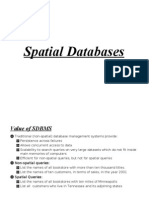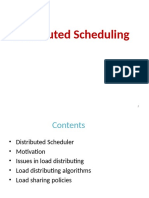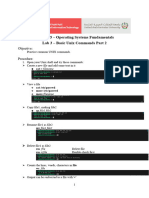0% found this document useful (0 votes)
258 views27 pagesDistributed Load Management Guide
This document discusses distributed resource management and distributed scheduling. It covers key topics such as distributed scheduling, modeling distributed systems, issues in load distribution, classification of load distribution algorithms, components of load balancing algorithms, and different types of load distributing algorithms including sender-initiated, receiver-initiated, symmetrically initiated, and adaptive algorithms.
Uploaded by
comp.enginerCopyright
© © All Rights Reserved
We take content rights seriously. If you suspect this is your content, claim it here.
Available Formats
Download as PPT, PDF, TXT or read online on Scribd
0% found this document useful (0 votes)
258 views27 pagesDistributed Load Management Guide
This document discusses distributed resource management and distributed scheduling. It covers key topics such as distributed scheduling, modeling distributed systems, issues in load distribution, classification of load distribution algorithms, components of load balancing algorithms, and different types of load distributing algorithms including sender-initiated, receiver-initiated, symmetrically initiated, and adaptive algorithms.
Uploaded by
comp.enginerCopyright
© © All Rights Reserved
We take content rights seriously. If you suspect this is your content, claim it here.
Available Formats
Download as PPT, PDF, TXT or read online on Scribd
/ 27





























































































